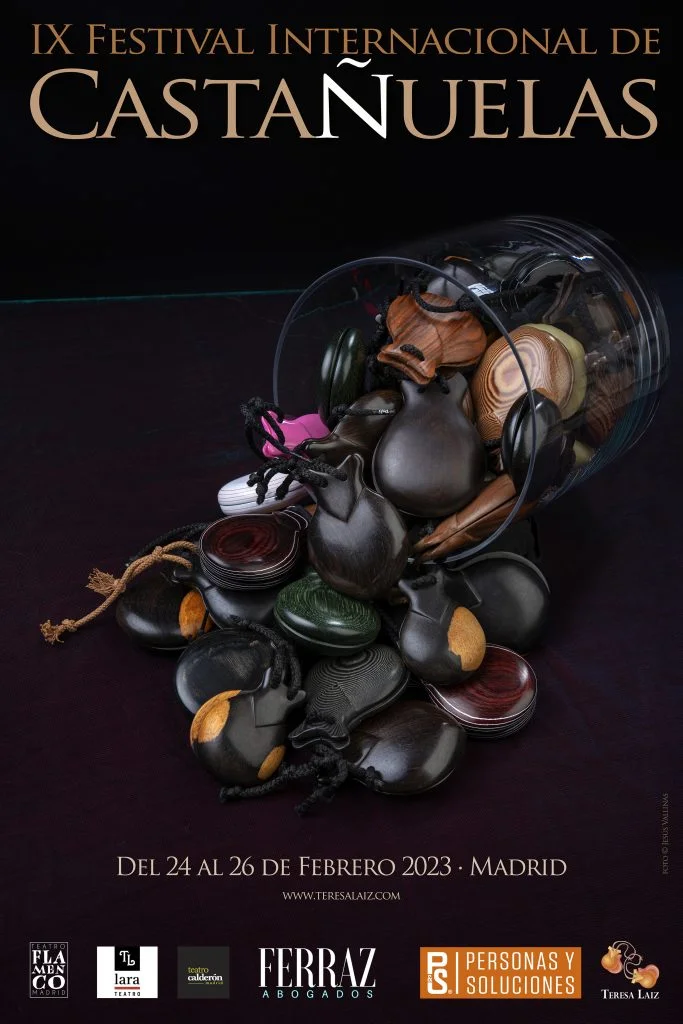They appeared earlier in classical music than in flamenco, but as soon as they arrived in Andalusian art, they joined their paths. Today, castanets are a Spanish heritage. We review their origin, how they are used and the figures that have made them famous.
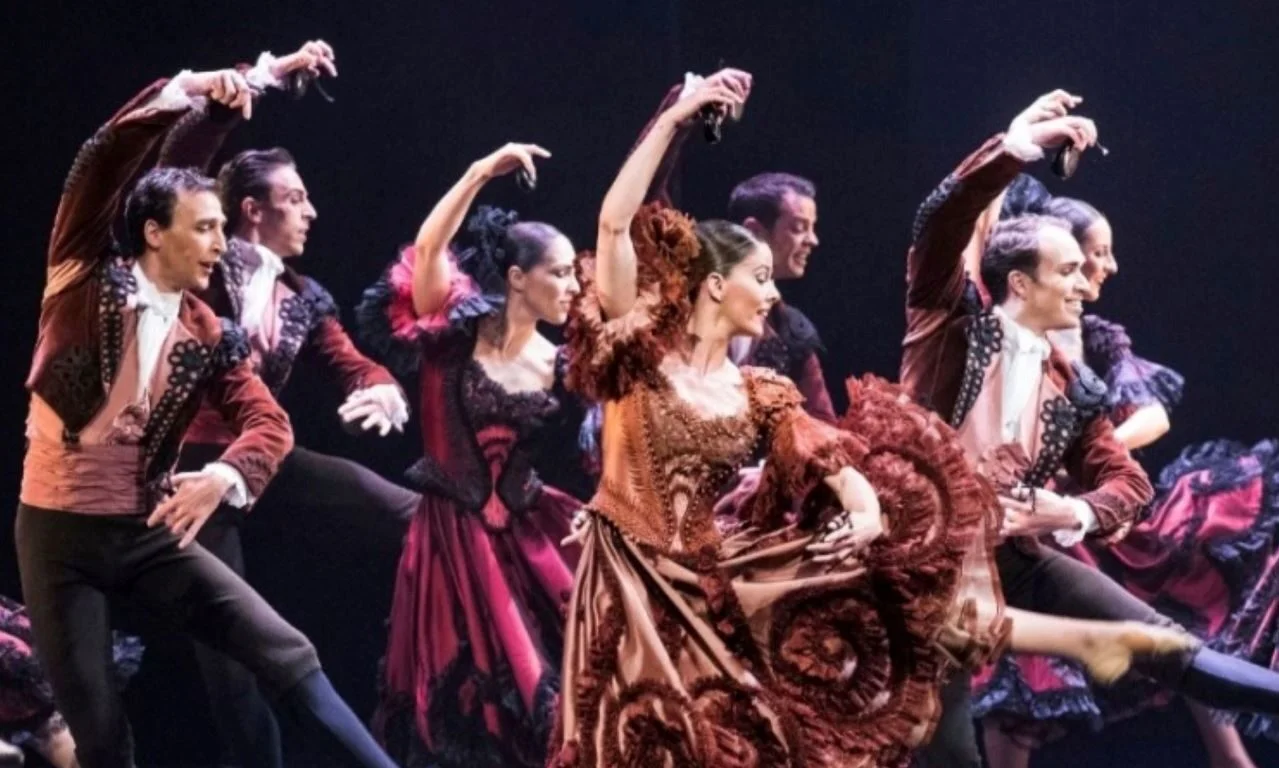
1 It is an instrument with “gender”
The castanets are two pieces. They are a percussion instrument composed of two opposing parts, the outer part convex and the inner part concave. One castanet provides the higher-pitched sound (female) and the other the lower-pitched sound (male).
These instruments are usually made of different types of wood. Cherry trees, boxwood, granadillo, rosewood, walnut, chestnut… are used. But the most demanded by dance figures are the ones made of jinjolero wood (junjube). It must be taken into account that the castanets have a different sound, not only because of who plays them, but also according to the variety of wood. However, because they are fragile and very sensitive to heat and moisture when made of wood, pressed paper and fiberglass are the most common materials today.
2 Its origin is as old as humanity
Almost all historians believe that castanets are at least 3,000 years old. Prehistoric castanets have been found in Egypt, such as this one in the image in the National Archaeological Museum in Madrid.

The castanet (or castanets), like the one pictured here, is the oldest percussion instrument recovered from the land of the Nile, where they were used for magical protection or religious festivals. They were usually made from two plates of wood, ivory or bone and were straight or curved. They were always playing in pairs, playing against each other with both hands or tied together and playing with one hand.
3 It was the Phoenicians who expanded them
It is thought that it was the Phoenicians, around 1,000 years ago, who spread the castanets throughout the Mediterranean arc As the Phoenicians were a trading people, this instrument became known in Spain, Croatia, Greece and Italy.
The Iberians took them from the Phoenicians and each Spanish people adapted them in their own way. In the Middle Ages, its use had spread throughout most of Spain as part of folk dances. The Aragonese jota or many Asturian dances are still based on the playing of castanets.
In each area or region they are produced in a special size or are also used in a specific way. In addition, there are hand-held (which we are talking about in the case of flamenco), table-top (in symphony orchestras), with a handle, among other types.
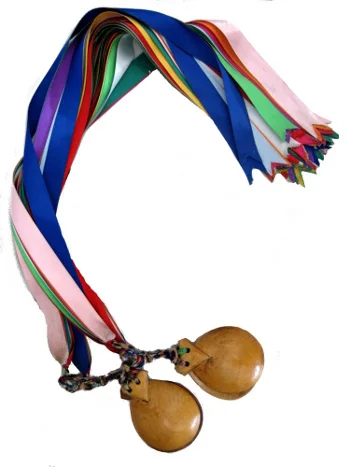
Castañuelas de Granada. foto: Junta de Andalucía.
4 How they are positioned now and how they were played before
The academic form of attachment is usually on the thumb (the two passes of the cord) of each hand, with attachment on the first pass on the first phalanx, and attachment on the second phalanx for the second pass of the cord, which allows the edging to be more virtuosic with the percussion of the remaining four fingers.
In the case of right-handed people, the castanet of the right hand (the female) is played with the little finger, ring finger, middle finger and index finger. The one on the left hand (male) should be pressed with the middle and ring fingers at the same time, marking the compass.
But they have not always been so positioned. It was not until the appearance of the ears, at the end of the 18th century, that the castanets were attached to the thumb, because previously they were placed on the middle finger (the usual way to dance the jota) or attached by a string or rope to the three fingers of the hand, or held by the hand, as for the crotales.
By being attached to the thumb, you have the remaining four fingers of the hand with which to play and draw out further connotations.
5 The 6 basic touches
RI Touch
RI can be considered the initial step. The female castanet is used by means of four strokes with the little finger, ring finger, middle finger and index finger in succession. It must be done in one go.
Touch A
The “A” touch is carried out with the male castanet, once the “RI” touch has been made. To do this, use the ring and middle fingers simultaneously. and strike the instrument with greater force.
The RI-A rhythm is produced in two beats, although it is also possible to start with the A beat and for the composition to be produced in three beats (A-RI-A).
Touch PI
We repeat the stroke with our ring and middle fingers, but this time with the female castanet. We would already have the RI-A-PI or A-RI-A-PI-A rhythms.
Touch TA
To continue to evolve, he combines both castanets. The 6 castanet toques have peculiarities, such as that the TA toque is produced when we played the A and PI together. The succession of these four previous touches results in the famous rhythm RI-A-PI-TA. Another possible combination is A-RI-A-TA, typical of the jota.
Touch PAM or CHI
You just have to clashing both castanets. Very simple, but also requires practice.
Touch PAN
In the PAN, both castanets are played simultaneously, by means of the palmeo with the little finger, ring finger and middle finger.
6 Classics introduce them to music
At first it was not flamenco who used them for their performances. Great dancers of the Ballet Romantique, such as Maria Taglioni, Fanny Cerrito, Lucile Graham would play castanets along with their dances.
The German Richard Wagner used them in Venusberg, during a performance of his opera Tannhauser. Boccherini, the Italian composer and cellist, already living in Spain. composed in 1798 the quintet No. 4 in D major entitled “Fandango”. The castanets were the protagonists.
Santiago de Murcia, a composer and guitarist of the late 17th and early 18th centuries, used castanets in his satirical jácaras or fandangos. Although his fame was as a classical musician, in reality, he left folkloric works of jotas or the aforementioned fandangos.
7 Bolera School adopts them
Everything indicates that it was dancers from Cádiz who popularised the use of castanets in Andalusia, where they are usually called “palillos”.
It was the “Bolera School” that fell in love with this instrument as the perfect percussion for their dances. The bolero dances used popular music with a seguidilla structure and the dancers accentuated the rhythm of the music by playing castanets. That is one of the major complications of these dances, which combine very fast leg steps with very difficult castanet playing.
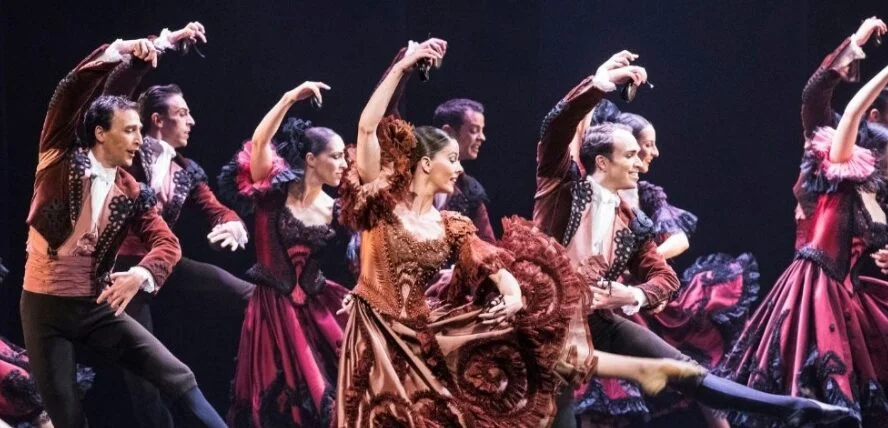
Ballet Nacional de España en Invocación.
Invocación is a newly created choreography by Rubén Olmo. In addition to being one of the few recent compositions of this style, it is a tribute to the great masters who have marked the line to follow in the Bolera School, from Ángel Pericet to Mariemma or Antonio the Dancer. It updates the essence of the traditional bolero school, one of the most characteristic, complex and unique styles of dance, characterized by the use of castanets.
8 The Stylised School updates them
Vicente Escudero, representative of the Escuela Estilizada de baile, introduces castanets made of materials other than wood to flamenco dance. Inspired by La Argentina, his acting partner, he tried iron, bronze and aluminium.
Antonia Mercé (La Argentina) would open the way for all castanet lovers, who continued the search until they found their definitive form and technique, such as the carretilla. Then came Pilar López, sister of Encarnación López (La Argentinita), who discovered the half-wheelbarrow after a tour of the United States.
Antonio Najarro is one of the most important dancers and castanet players of this school today.
This dancer, director and choreographer began his professional career at the age of fifteen. And some of the most established Spanish classical companies have seen him dance. Rafael Aguilar’s Spanish Theatre Ballet was the first. The Ballet Antología, the Ballet Teatro Lírico de la Zarzuela, Antonio Márquez’s company, José Antonio and the Spanish Ballets and the Spanish National Ballet came later. At the latter, from 2011 to 2019, he was also a director.
In 2002 he created his own Antonio Najarro Company, for which he has choreographed productions such as Jazzing Flamenco(2008) and Suite Sevilla (2011). He is also a regular creator of pieces for great figures in figure skating. This is the case of Spain’s Javier Fernández with the choreography Malagueña by Ernesto Lecuona.
9 For the castanets, cheerful sticks
Soleás can be performed to castanet rhythms, but, without a doubt, the fandangos or seguiriyas are the most suitable palos for their sounds, as are bulerías or sevillanas.
10 Women who have made and have made their mark
Emma Malera (1919-2017), dancer and choreographer of Spanish dance, especially known for her work as a concert performer and castanet teacher, devised a study method considered the best in the world. This is the Maleras Method for castanets.
We can also highlight Inma González, who graduated with honours in the Maleras Method for castanets. Inma is an internationally renowned concert performer and castanet teacher at the most prestigious music and dance schools (José de la Vega in Barcelona, Pastora Martos in Sant Cugat del Vallés and Amor de Dios, in Madrid, among others), as well as giving master classes in person and online all over the world.
Lucero Tena has marked an unmistakable personal style in his interpretation of castanets, and
She has distinguished herself by her promotion and the incorporation of this instrument in large concert halls as a soloist instrument in concert works all over the world, both classical and flamenco.
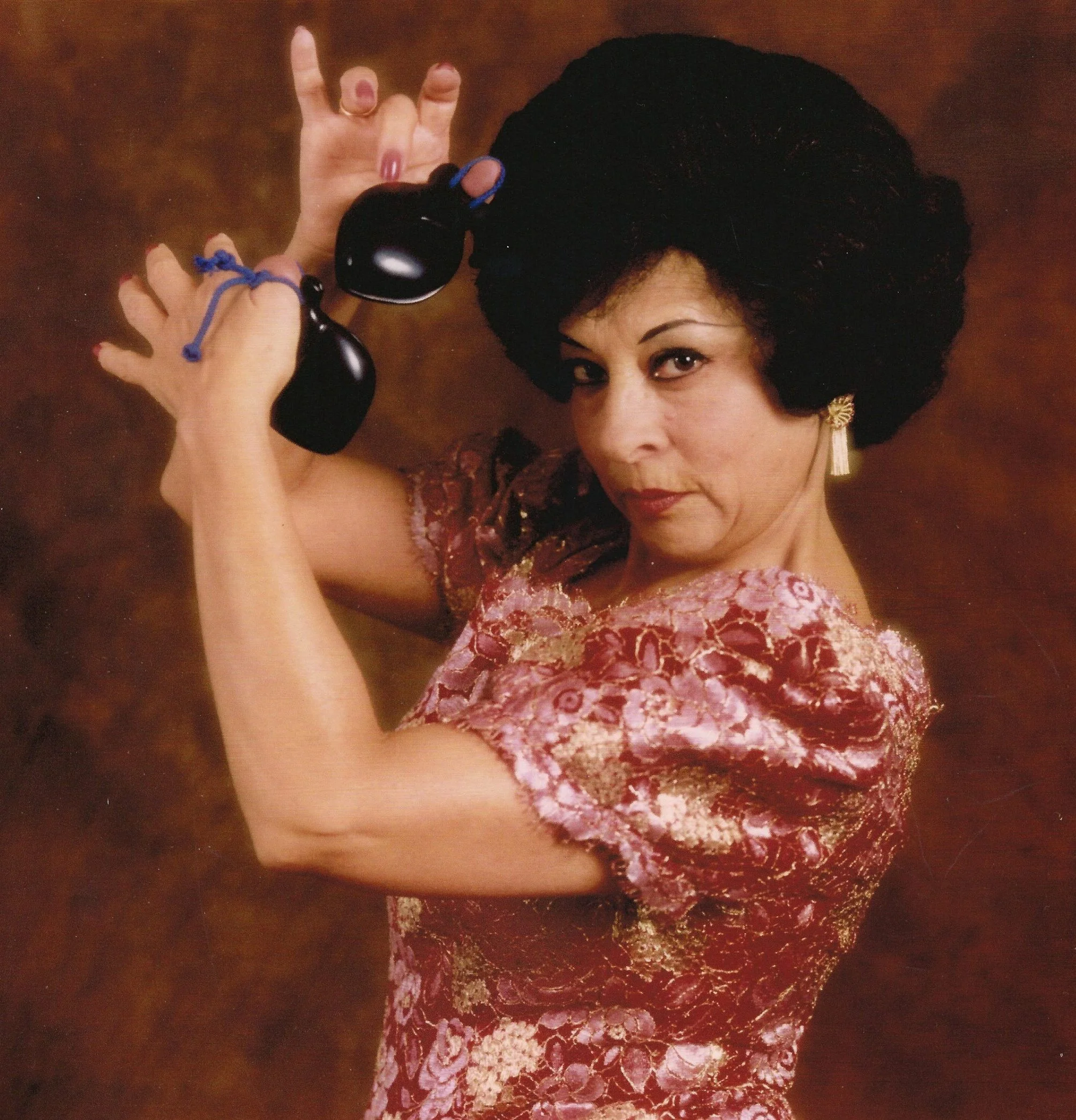
Lucero Tena. Castañuelas
Lucero has performed as a soloist in concert halls around the five continents, with conductors such as Loren Maazel, Mstislazv Rostropovich, Peter Guth, García Navarro and Adrian Leaper, among others. He has been a soloist with prestigious orchestras such as the Israel Philharmonic, the Hamburg Symphony Orchestra, the London Philharmonic Orchestra, the Spanish National Orchestra and the Berlin Philharmonic Orchestra conducted by Plácido Domingo (2016).
11 Castanets and German Passion
Outside Spain, there is a non-profit association that has been operating since 1990. has set itself the objective of making castanets known to the public and providing a common forum for amateurs and professionals. It was founded in Cologne (Germany) and its name is IGkK, Internationale Gesellschaft für künstlerisches Kastagnettenspiel. Its mentor and co-founder is José de Udaeta, who died in 200
This Barcelona-born dancer began studying classical dance in Barcelona with Juan Magriñá, and Spanish dance in Madrid with Francisca González La Quica and Regla Ortega. Juan Sánchez El Estampío taught him flamenco technique and with the Pericet brothers, he entered the Bolera School. For twenty-two years, José de Udaeta partnered the Swiss dancer Susanne Audéoud. And under the stage name of Susana and José, they had an international career that took them halfway around the world. His figure is very relevant as a castanet player, master of this instrument and author of two essential books – “Flamenco” (1965) and “La castañuela española” (1985)-.
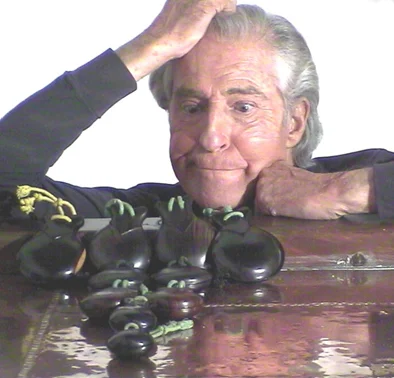
Following his concert at the Lieder Hall in Stuttgart in 1976, José de Udaeta played castanets in orchestras such as the Berlin Philharmonic under Herbert Von Karajan, the Rokoko Theater in Stockholm, the Strasbourg Percussion Ensemble,… He has also accompanied the soprano Montserrat Caballé at La Scala in Milan, Carnegie Hall in New York, Covent Garden in London and the Théâtre des Champs Elysées in Paris.
12 Only for castanets
An important name among the castanet soloists is Teresa Laiz, among other reasons, because she directs the International Festival of Castanets (F.I.C.). This event is the first and only festival in the world that exists regularly and is exclusively dedicated to castanets in all their facets: jazz, flamenco, tap, oriental or classical, among other styles.
